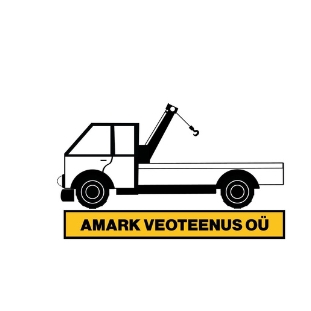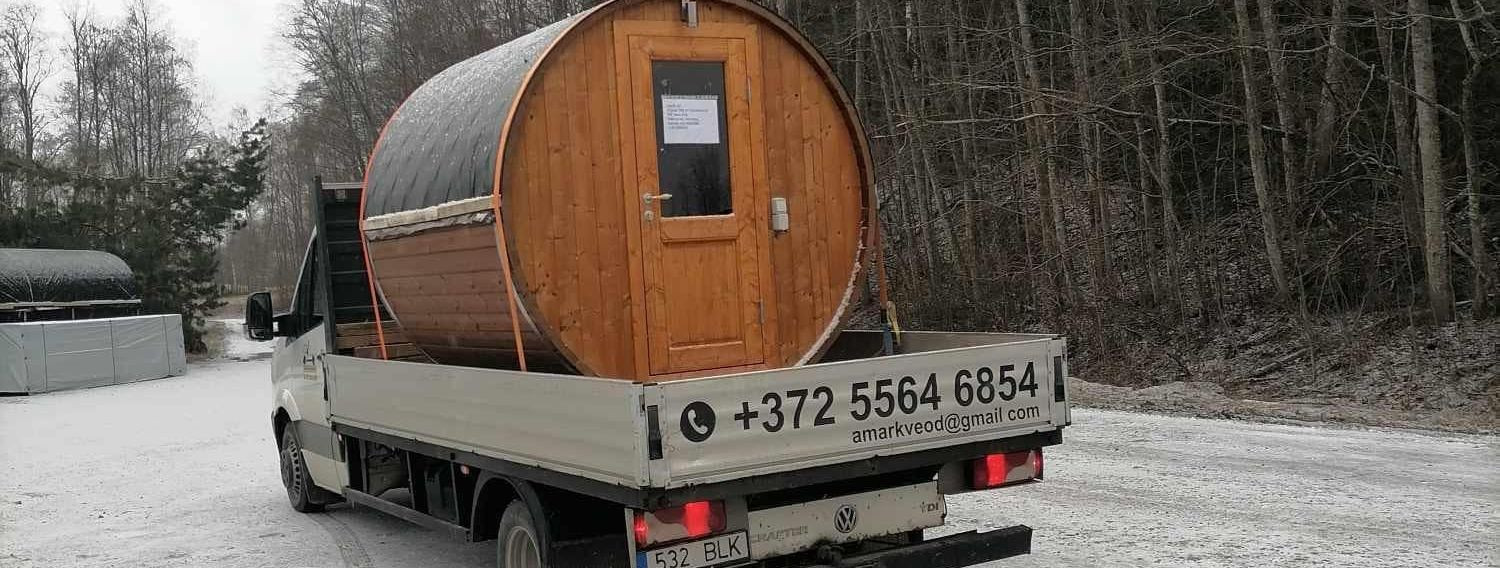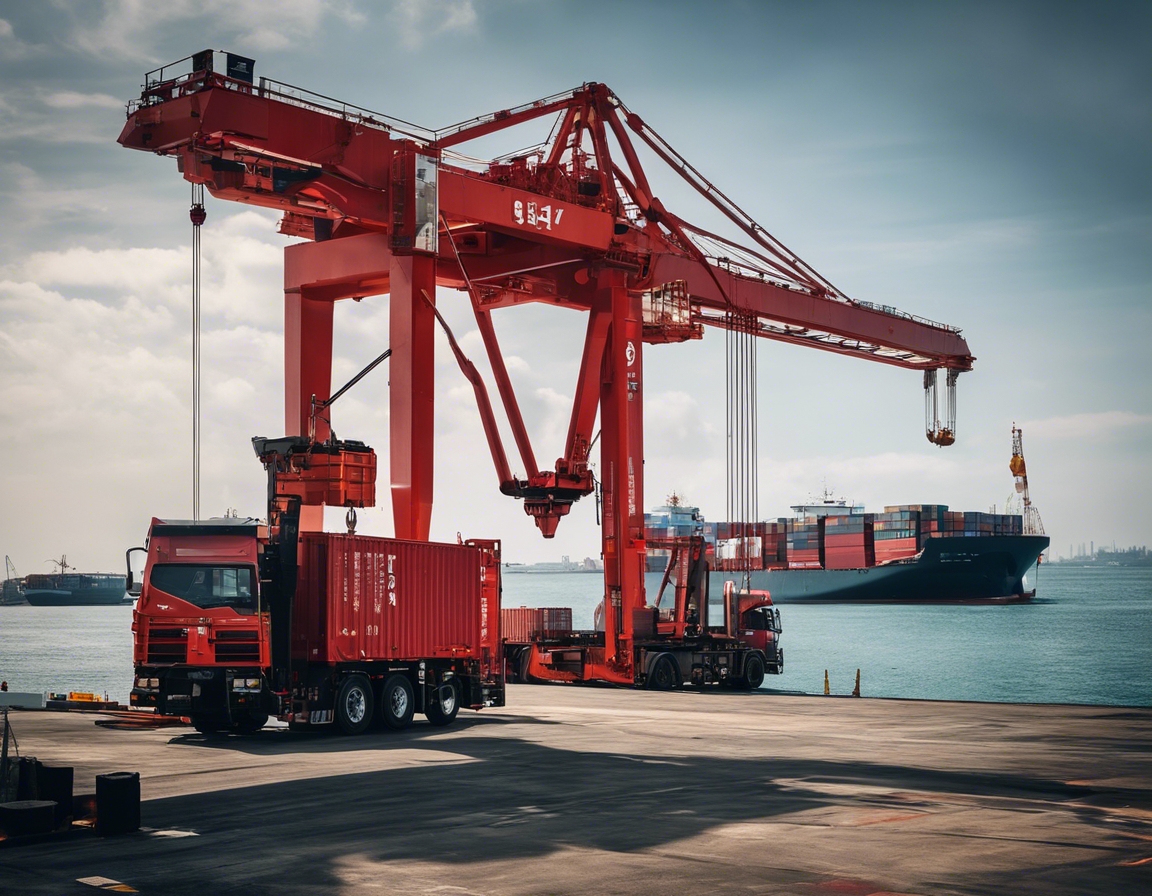5 tips for safe and efficient oversized load transportation
Transporting oversized loads is a complex operation that requires meticulous planning, specialized equipment, and adherence to safety regulations. For industries that need to move large and heavy items, understanding the intricacies of oversized load transportation is crucial for ensuring a smooth and secure transit.
Understanding Oversized Load Transportation
An oversized load is typically defined as a cargo that exceeds the standard legal size and/or weight limits for transportation on the road. Transporting such loads presents unique challenges, including navigating traffic, road conditions, and infrastructure limitations.
Specialized transportation is essential for oversized loads to ensure that the cargo reaches its destination without causing damage to the infrastructure or posing risks to public safety.
Tip 1: Thorough Planning and Route Analysis
Effective planning is the cornerstone of successful oversized load transportation. It involves assessing the dimensions and weight of the cargo, determining the best route, and identifying potential obstacles.
Conducting detailed route surveys and obtaining the necessary permits are critical steps in the planning process. These ensure that the chosen route can accommodate the oversized load and that all legal requirements are met.
Tip 2: Choosing the Right Equipment and Vehicles
Selecting the appropriate equipment, such as trailers and modular transporters, is vital for the safe handling of oversized loads. The equipment must be capable of supporting the weight and dimensions of the cargo.
Regular maintenance and safety checks of the transportation equipment are essential to prevent accidents and ensure the reliability of the transport process.
Tip 3: Ensuring Compliance with Regulations
Compliance with local, national, and international transportation regulations is mandatory. Familiarity with these regulations helps in avoiding fines and delays.
Establishing a good relationship with regulatory bodies can facilitate smoother operations and help in staying updated with any changes in transportation laws.
Tip 4: Employing Skilled and Experienced Personnel
Professional drivers with experience in handling oversized loads are crucial for the safe transportation of such cargo. Their expertise allows them to navigate complex routes and handle unexpected situations.
Investing in continuous training and education for all personnel involved in the transportation process ensures that they are equipped with the latest knowledge and skills.
Tip 5: Prioritizing Safety Throughout the Transport Process
Safety measures, such as escort vehicles and warning signs, are important for alerting other road users and for the protection of the oversized load.
Having an emergency response plan in place is essential for dealing with any unforeseen incidents during transportation.






Comments (0)